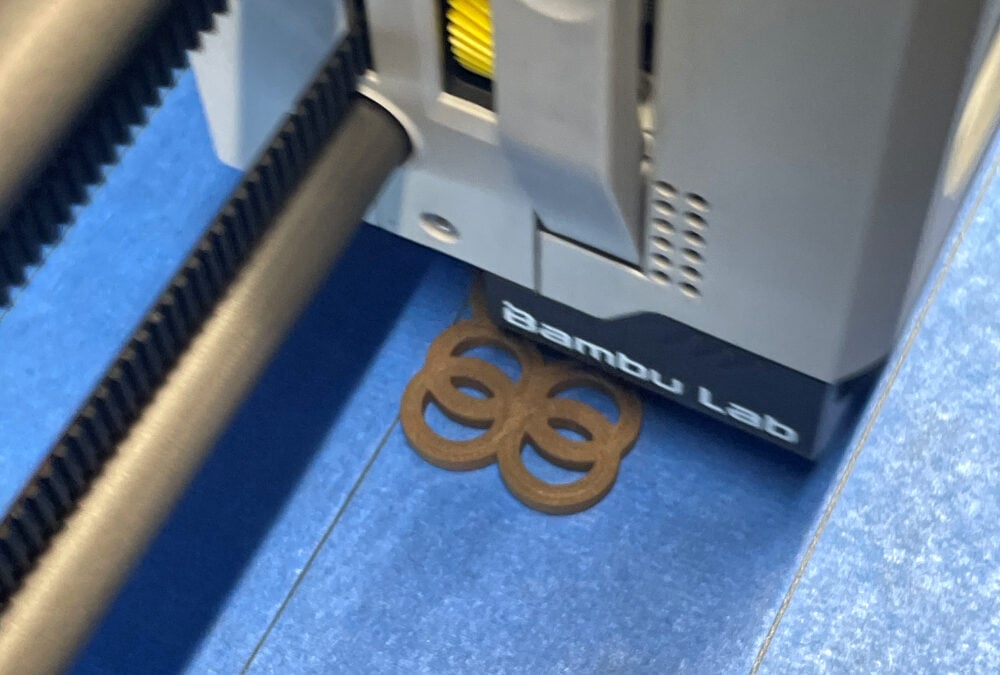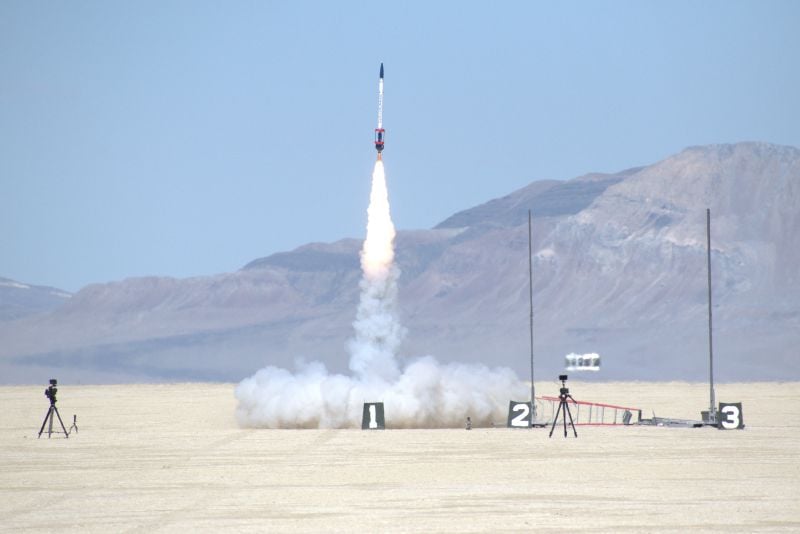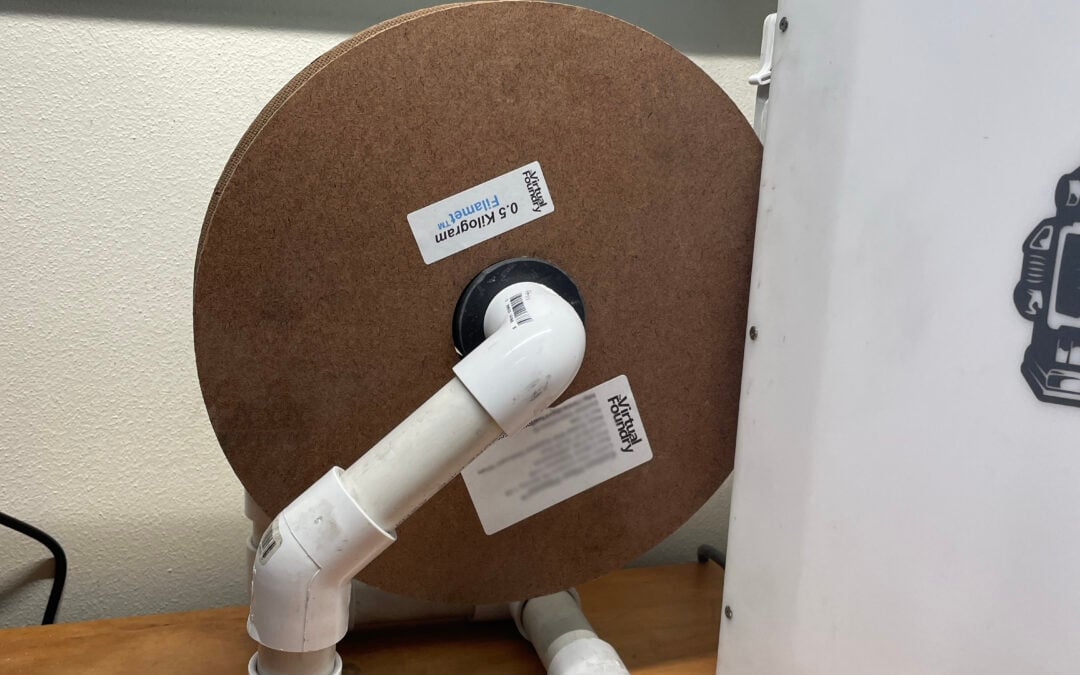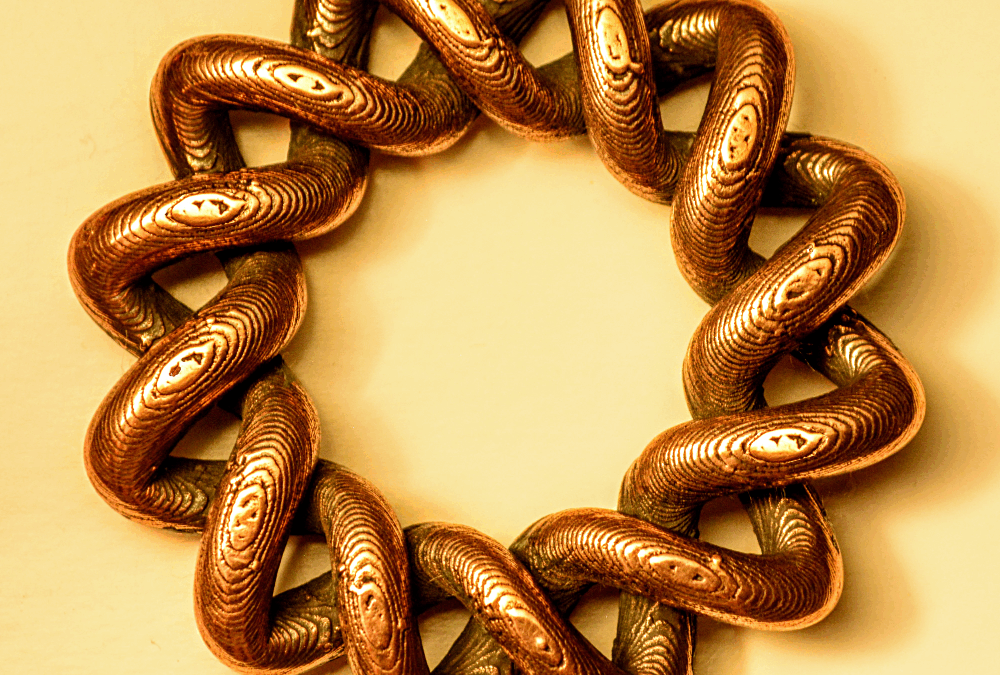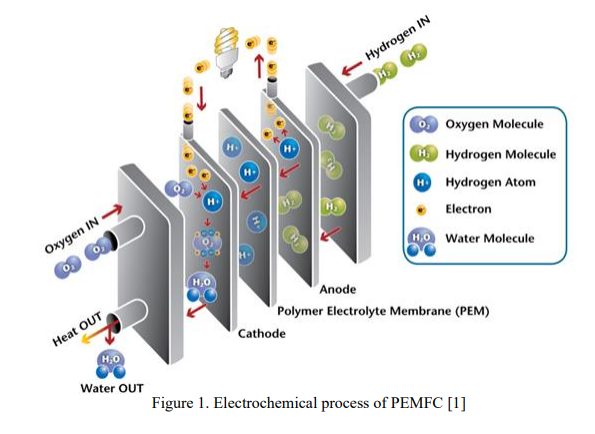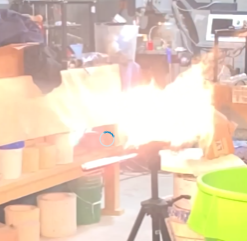Understanding the Importance of Finishing in Metal 3D Printing
Finishing processes are crucial in metal 3D printing as they significantly enhance the quality and performance of printed parts. Proper finishing techniques not only improve the aesthetic appeal of the components but also ensure they meet the necessary mechanical properties required for their intended applications.
For instance, processes such as sintering and surface treatments can eliminate defects and improve the strength of the final product. By investing time in finishing, users can achieve parts that are not only visually appealing but also functionally superior, making them suitable for demanding environments like aerospace and automotive industries.
Common Finishing Techniques for Metal 3D Printed Parts
There are several finishing techniques commonly used in metal 3D printing, each serving a specific purpose to enhance the final product. Techniques such as sanding, polishing, and chemical treatments can be employed to achieve desired surface finishes, while sintering plays a pivotal role in the overall structural integrity of the printed parts.
For example, sanding can smooth out rough surfaces, while polishing can provide a high-gloss finish that is often required in consumer-facing products. Additionally, sintering helps in binding the metal particles together, thus eliminating porosity and ensuring that the printed part retains its intended shape and strength.
Challenges in Achieving Quality Finishes with Metal 3D Printing
Despite advancements in metal 3D printing technologies, achieving high-quality finishes remains a challenge for many users. Factors such as material properties, printer calibration, and environmental conditions can all affect the finishing process and the quality of the final output.
For instance, improper sintering can lead to defects like warping or cracking, which compromise the part's functionality. Understanding these challenges and how to mitigate them is essential for users aiming to produce high-quality metal components that meet industry standards.
Future Trends in Metal 3D Printing Finishing Techniques
The field of metal 3D printing is continuously evolving, leading to innovative finishing techniques that promise to enhance the quality and efficiency of the production process. Emerging technologies such as automated finishing systems and advanced surface treatment methods are being developed to streamline the finishing process and reduce labor costs.
Additionally, research into new materials and coatings is paving the way for finishes that not only improve aesthetics but also add functional properties, such as corrosion resistance and enhanced durability. Keeping abreast of these trends is vital for professionals looking to stay competitive in the rapidly changing landscape of metal 3D printing.
Understanding the Importance of Finishing in Metal 3D Printing
Finishing processes are crucial in metal 3D printing as they significantly enhance the quality and performance of printed parts. Proper finishing techniques not only improve the aesthetic appeal of the components but also ensure they meet the necessary mechanical properties required for their intended applications.
For instance, processes such as sintering and surface treatments can eliminate defects and improve the strength of the final product. By investing time in finishing, users can achieve parts that are not only visually appealing but also functionally superior, making them suitable for demanding environments like aerospace and automotive industries.
Common Finishing Techniques for Metal 3D Printed Parts
There are several finishing techniques commonly used in metal 3D printing, each serving a specific purpose to enhance the final product. Techniques such as sanding, polishing, and chemical treatments can be employed to achieve desired surface finishes, while sintering plays a pivotal role in the overall structural integrity of the printed parts.
For example, sanding can smooth out rough surfaces, while polishing can provide a high-gloss finish that is often required in consumer-facing products. Additionally, sintering helps in binding the metal particles together, thus eliminating porosity and ensuring that the printed part retains its intended shape and strength.
Challenges in Achieving Quality Finishes with Metal 3D Printing
Despite advancements in metal 3D printing technologies, achieving high-quality finishes remains a challenge for many users. Factors such as material properties, printer calibration, and environmental conditions can all affect the finishing process and the quality of the final output.
For instance, improper sintering can lead to defects like warping or cracking, which compromise the part's functionality. Understanding these challenges and how to mitigate them is essential for users aiming to produce high-quality metal components that meet industry standards.
Future Trends in Metal 3D Printing Finishing Techniques
The field of metal 3D printing is continuously evolving, leading to innovative finishing techniques that promise to enhance the quality and efficiency of the production process. Emerging technologies such as automated finishing systems and advanced surface treatment methods are being developed to streamline the finishing process and reduce labor costs.
Additionally, research into new materials and coatings is paving the way for finishes that not only improve aesthetics but also add functional properties, such as corrosion resistance and enhanced durability. Keeping abreast of these trends is vital for professionals looking to stay competitive in the rapidly changing landscape of metal 3D printing.
